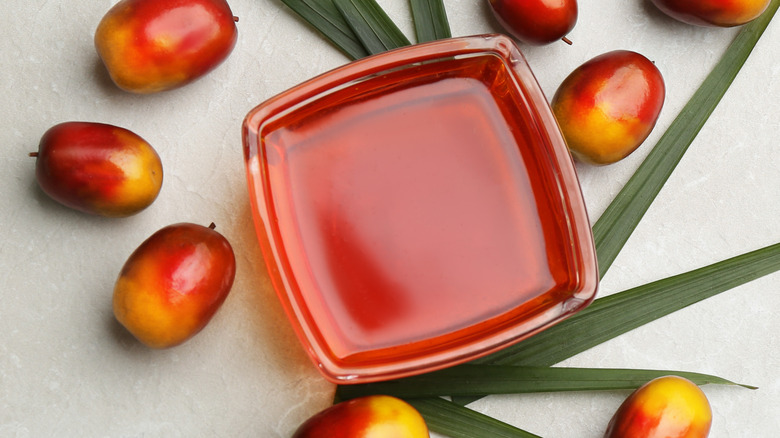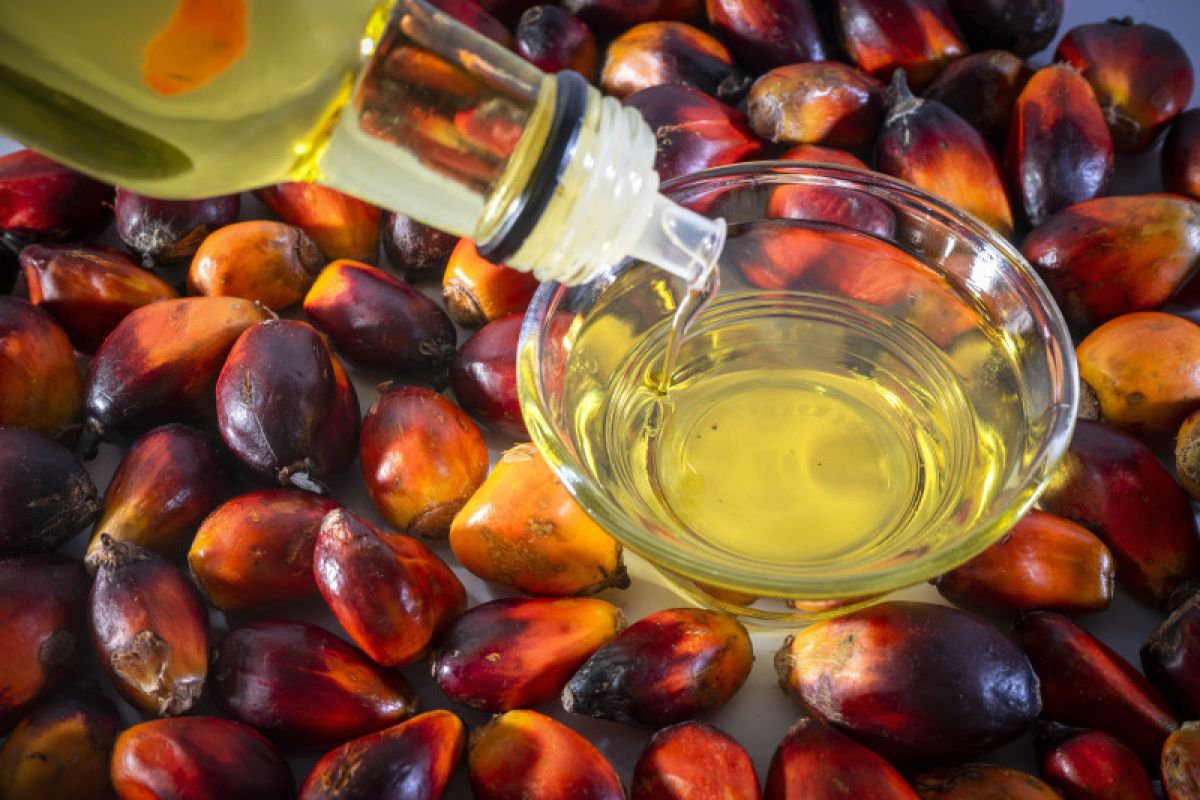How is Palm Oil Extracted and Why It Matters for Beauticians?
Palm oil has become one of the most widely-used ingredients in the beauty industry, thanks to its versatile properties and natural benefits. But have you ever asked yourself, how is palm oil extracted? For beauticians and skincare enthusiasts alike, understanding the extraction process of this vital ingredient can enhance your knowledge about the products you use and recommend.
The extraction of palm oil primarily occurs through two methods: wet extraction and dry extraction. Knowing these methods can greatly affect beauty formulations and even client preferences. This article will guide you through the detailed procedures of palm oil extraction, its importance, and the ethical considerations surrounding the use of palm oil in cosmetics and skincare.

Understanding Palm Oil Extraction Methods
To fully grasp how palm oil fits into the beauty realm, it is crucial to dive deep into the methods used for its extraction. Each method has its own process, advantages, and implications on quality.
1. Wet Extraction Method
The wet extraction method involves the collection of palm fruits from the oil palm tree. The fruits are then processed within 24 hours to produce fresh palm oil. Here's how the process works:
- The harvested fruits are sterilized through steam treatment, which helps to loosen the oil from the fruit.
- After sterilization, the fruits are mashed to break down the cells and release the oil.
- The mixture is then separated through mechanical processes, often involving a continuous screw press to extract the palm oil.
- Finally, the oil is purified through sedimentation and filtering, ready to be further processed into cosmetic products.
2. Dry Extraction Method
The dry extraction method, although less common, is worth mentioning. This process involves:
- Drying the palm fruits significantly to reduce moisture content.
- Grinding the dried fruit to a powder.
- Using solvents to extract the oil from the powdered fruit.
- This method can yield a higher quantity of oil but may compromise the quality compared to the wet method.

The Benefits of Palm Oil in Beauty Products
Now that we've explored how palm oil is extracted, let's discuss why it's in high demand within the beauty industry. Here are some advantages:
- Moisturizing: Palm oil is rich in Vitamin E, making it an excellent moisturizer that hydrates the skin.
- Anti-aging: This oil contains antioxidants, which help combat signs of aging.
- Sustainable sourcing: Ethical and sustainable palm oil can reduce environmental impact and promote biodiversity.

Ethical Considerations in Palm Oil Extraction
While the benefits are clear, it's essential to consider the ethical implications linked to palm oil extraction. Unsustainable practices can lead to deforestation and loss of habitat for endangered species. Beauticians should be aware of sourcing their products from brands that prioritize ethical extraction methods. For more insights on sustainable practices, read about high-quality palm oil.

Popular Products Containing Palm Oil
Many beauty products contain palm oil due to its versatility. Some of the popular categories include:
- Moisturizers
- Soaps
- Makeup
- Hair care products
For a comprehensive overview of products that commonly include palm oil, check out our article on palm oil products.
Importance of Knowing How Palm Oil is Extracted
Understanding the extraction process helps beauticians make informed decisions about the products they use and promote. Brands that are transparent about their ingredients and sourcing can earn trust and loyalty from their customers. Therefore, its beneficial for beauticians to advocate for palm oil extracted through ethical practices. Discover resources on palm oil harvesting through our blog post on harvesting methods.
FAQs
1. Is palm oil safe for all skin types?
Yes, palm oil is generally safe for most skin types. However, always conduct a patch test to check for any allergies.
2. Can palm oil cause environmental harm?
Yes, unsustainable palm oil extraction can result in deforestation and harm animal habitats.
3. Are there alternatives to palm oil in beauty products?
Yes, alternatives such as coconut oil and shea butter are often used as substitutes for palm oil.
As an Amazon Associate, I earn from qualifying purchases.

